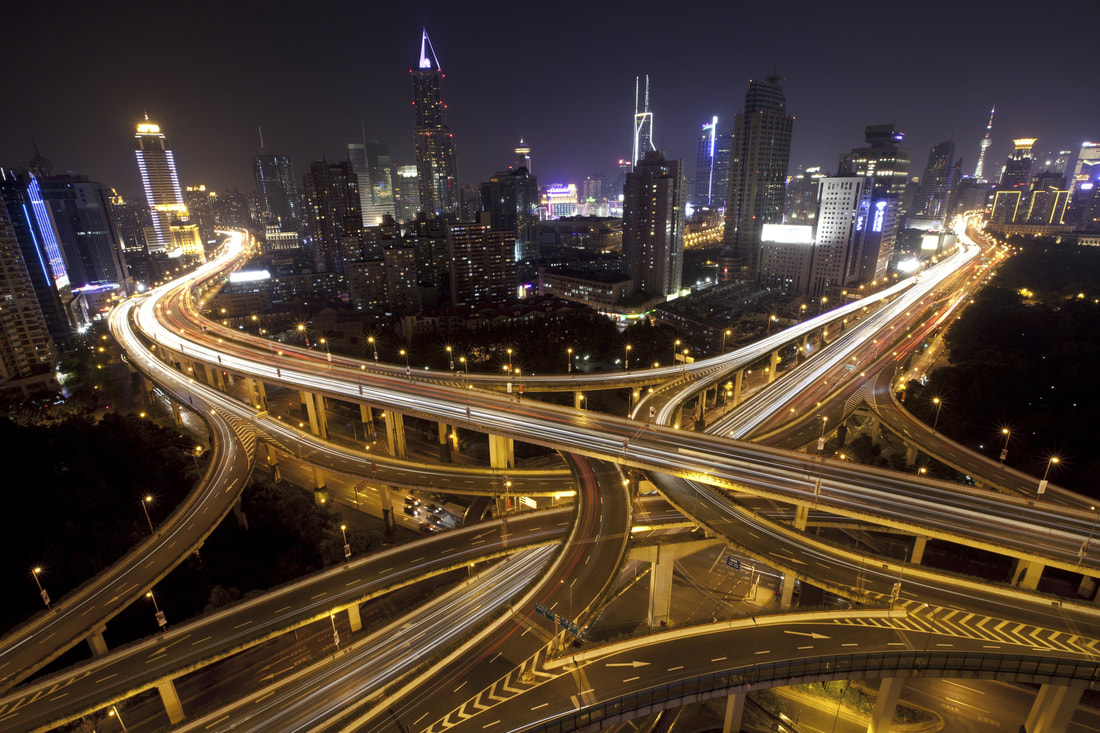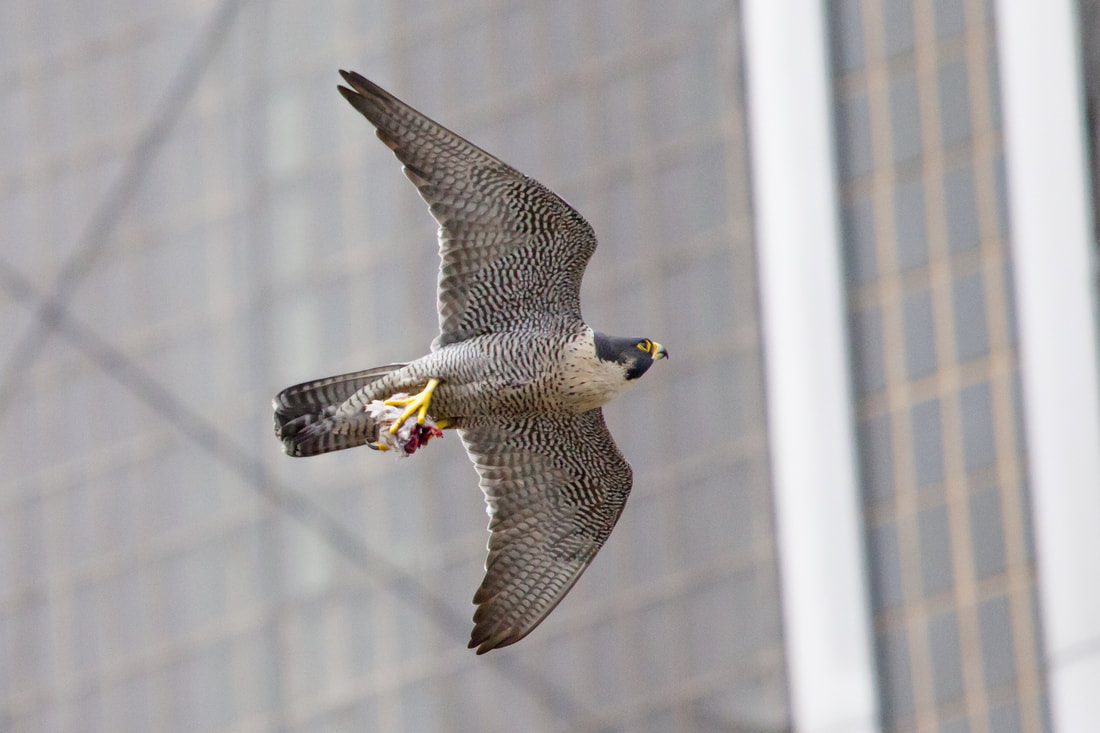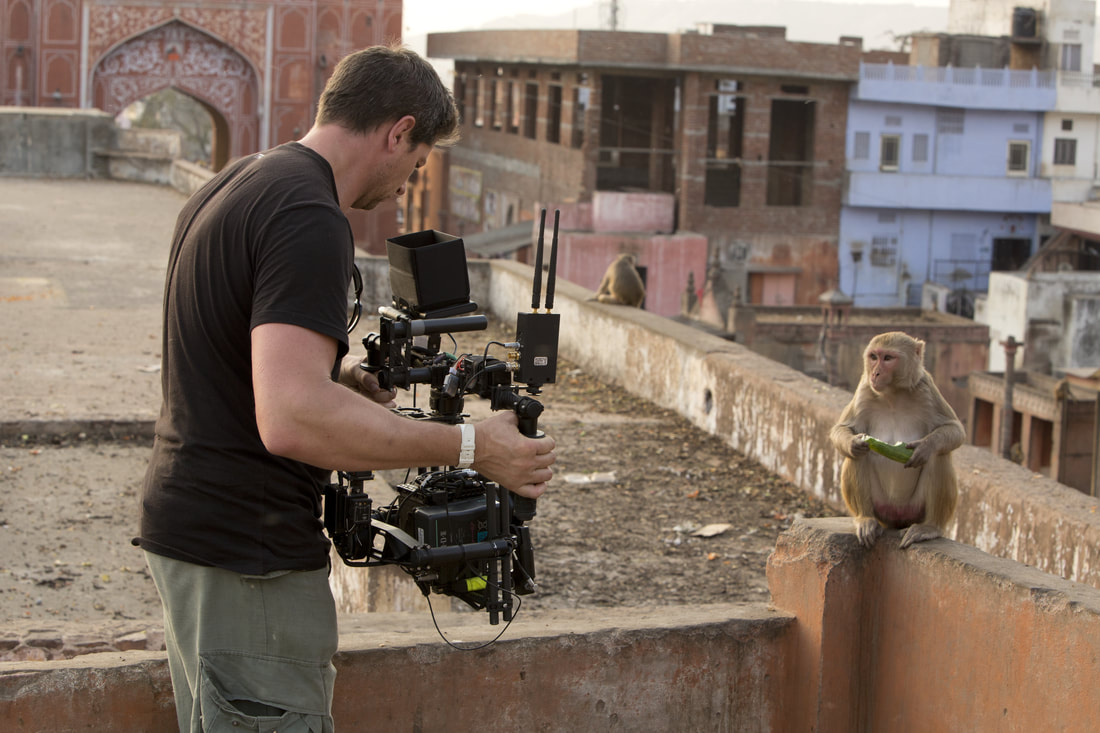|
We reached out to our festival filmmakers to ask them questions about the experience of making their films.
What inspired this story?
Planet Earth II: It's a relatively new concept to think of the urban environment as a habitat that can be suitable for wildlife. When I first took on the project I was hopeful that there would be lots of new and surprising stories from this environment. I was also aware that this episode would help to give a snapshot of the state of our planet. Wildernesses are in decline, one study has recently showed that global wilderness areas have decreased by 10% in just the last 20 years. In contrast, the urban environment is expanding and evolving very fast. So it is a fascinating growing area of research to look at how animals are overcoming the challenges of living in our cities. And it is an interesting question to ask as to whether we will choose to maintain a connection to nature here. That's an important question because more than half of us now live in the urban environment, and we of course are the architects of this world. So both the connection we maintain to nature and the fate of wildlife in our cities is in large down to us.
Describe some of the challenges faced while making this film.
Animals move through the urban environment unaware of who owns which bit of it. To film peregrine falcons in New York City we needed to use a helicopter to gain access to many rooftops of skyscrapers across the city. It took one person 9 months, full time, just to secure the permissions for this filming! What impact do you hope this film will have? For city dwellers many scientific studies have shown that simply looking at a view of nature calms us down and lowers our stress levels. Now that more than half of us live in the urban environment I believe that keeping a connection to nature here is more important than ever. I hope that this film will inspire people to do what they can to green our cities, welcome in wildlife, really make space for it and enjoy having nature on our doorstep. Were there any surprising or meaningful experiences you want to share? When I first heard about spotted hyenas freely running through the streets of Harar, Ethiopia, I couldn’t quite believe it. The story goes that over 400 years ago when the city walls were being built ‘hyena gates’ were incorporated… not big enough to allow in an opposing army, but just the right size to let a hyena through. Now two hyena clans enter the city through these gates every single night in search of bones left out by the town butchers. I know, first hand, just how ferocious these animals can be, and whilst walking down a narrow cobbled street, on my first night in the old town, I held my breath as eight hyenas walked past me brushing my leg. A few nights later I was filming a clan war - the two dominant hyena clans were fighting over access to the city. Over a hundred hyenas were battling around my feet and somehow my fear had disappeared. The peaceful pact between people and hyenas in this city was so evident that I didn’t feel at danger of them turning on me. I am told that inside the city walls the hyenas never attack humans or livestock, but why are they welcomed in? Spotted hyenas are possibly the most vilified animal on our planet, often associated with witchcraft, but here the local inhabitants believe that each time they cackle they are gobbling up a bad spirit in the street. It’s a truly remarkable example of how man and beast can live alongside one another harmoniously.
Did the film team use any unusual techniques or unique imaging technology?
The most innovative filming technique used on Cities was ‘Flow motion: hyperlapse’. The ambition behind these sequences (City intro, Hong Kong city lights and the Vertical Forest in Milan) were to go on a continuous, seemingly impossible and magical journey through the urban environment. Where we could we used transitions rather than cuts to give the feeling of flowing on a journey through the city. The technique condenses space and time by moving time-lapse cameras through the environment. It is a highly complex technical feat involving simultaneously filming one scene with many cameras and expertise in blending the different shots in post. It is a bold technique because you commit to the transitions between the shots in the field, you can’t then change the sequence order in the edit!
2 Comments
Leave a Reply. |
Archives
March 2024
Categories
All
|
Contact UsJackson Wild
240 S. Glenwood, Suite 102 PO Box 3940 Jackson, WY 83001 307-200-3286 info@jacksonwild.org |




 RSS Feed
RSS Feed